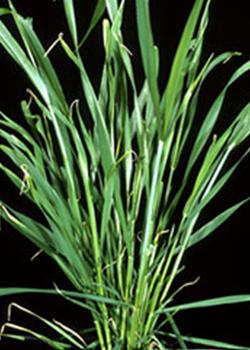Wheat
Globally, wheat is regarded as the most important and strategic food crop for ensuring food security
Its demand has been rising significantly with the growing population. Wheat is a vital source of carbohydrates and the primary source of plant-based protein in human diets, containing about 13% protein.
Although its protein content is higher than that of most other major cereals, it provides relatively low-quality protein in terms of essential amino acids. As a cool-season crop, wheat is widely cultivated across diverse agro-ecological conditions.


The Role of Elements
Potassium (K)
- Promotes increased vegetative growth in plants.
- Increasing wheat grain yield with higher seed weight and size.
- Helps plants maintain a more erect growth.
- Improves plant resistance to unfavorable environmental conditions.
- Plays a crucial role in boosting productivity and quality.

Phosphorus (P)
- Helps in seed germination and the development and growth of seedlings.
- Enhances root growth efficiency and improves water and nutrient use efficiency.
- Increases the tillering rate.
- Boosts seed and straw yield.
- Helps plants adapt to environmental stress.
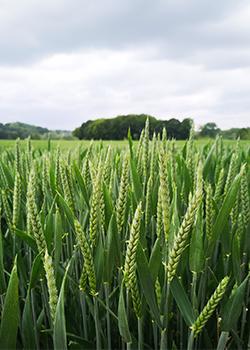
Calcium (Ca)
- Increases the plant's ability to resist bacterial and fungal diseases.
- Improves the erectness of leaves and stems.
- Promotes effective root distribution.
- Strengthens plant resistance to environmental stresses.
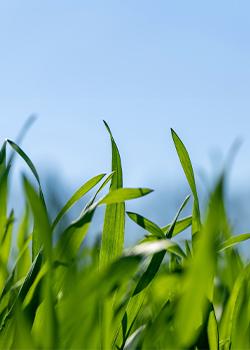
Deficiency Symptoms
Potassium (K)
- Weakens vegetative growth.
- Reduces the plant's erectness.
- Decreases grain yield production.
- Causes general weakness in spikes, resulting in fewer grains per spike.
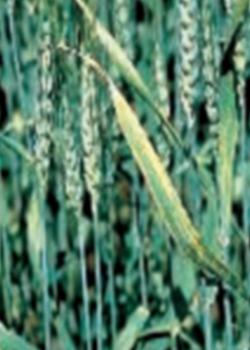
Phosphorus (P)
- Reduce seed germination.
- Decrease tillering rate.
- Overall decline in plant growth and yield.
- Dwarfed plant growth and deformed leaves.
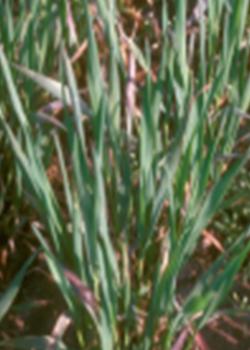
Calcium (Ca)
- Plant dwarfing and poor tillering.
- Failure of shoot tips to emerge.
- Reduced yield and grain weight.
